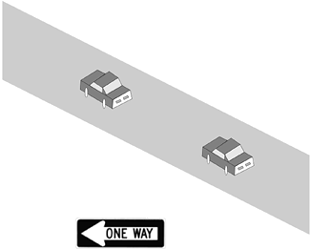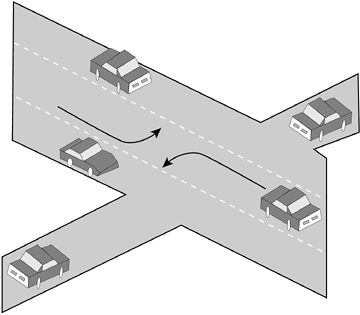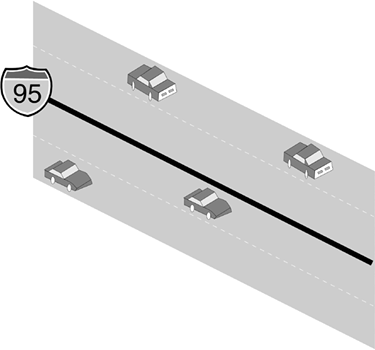here come how the data can communicate between user and computer.
ü definition
of data communication
ü type of
signal
ü data
transmission mode
ü data flow
definition of data communication
Data communications is the physical transfer of data (a digital bit stream) over a point-to-point or point-to-multipoint communication channel. The data are represented as
an electromagnetic signal.
Data transmitted may be
digital messages originating from a data source, for example a computer or a
keyboard. It may also be an Analog signal such as a phone call or a video
signal, digitized into a bit-stream for example using pulse-code modulation (PCM) or more advanced source coding (analog-to-digital conversion and data
compression) schemes.
type of signal
2 type of signal:
~
Analogue signal
Ø
formed
by continuously varying voltage
level
Ø
wave
can be grasped by an analogue transmitter
Ø
frequency is a completed wave’s cycles,
measured in hertz(Hz)
Ø
Hz
is cycle per second
Ø
Amplitude is the wave’s height, measured in Volt(V)/decibel(dB)
Ø
Strong
signal create higher amplitude
Ø
Signal
transmit via PSTN line (phone line)
~
Digital signal
Ø
Is
language
of computer
Ø
Represent
of a square wave
data transmission mode
parallel
communication is a method of
sending several data signals simultaneously over several parallel channels. This
distinction is one way of characterizing a communications link.
A parallel channel will
generally have additional control signals such as a clock, to indicate that the
data is valid, and possibly other signals for handshaking and directional
control of data transmission.
serial communication is the process of sending data one bit at a time,
sequentially, over a communication channel or computer bus.
Serial communication is used for all long-haul communication and most computer
networks, where the cost of cable and synchronization difficulties
make parallel communication impractical.
there
are 2 serial mode:
v Synchronous
o
Large group of data in blocks [frame]
v Asynchronous
o
Bit into small group
o
Transmit independently
data flow
Network devices use three transmission flow to exchange data, or "talk" to each other, as follows: simplex, half duplex, and full duplex.
- Simplex transmission is like a one-way street where traffic moves in only one direction. Simplex mode is a one-way-only transmission, which means that data can flow only in one direction from the sending device to the receiving device.
Simplex (One-Way Street)

- Half-duplex transmission is like the center lane on some three-lane roads. It is a single lane in which traffic can move in one direction or the other, but not in both directions at the same time. Half-duplex mode limits data transmission because each device must take turns using the line. Therefore, data can flow from A to B and from B to A, but not at the same time.
Half Duplex (Center Turn Lane)

- Full-duplex transmission is like a major highway with two lanes of traffic, each lane accommodating traffic going in opposite directions. Full-duplex mode accommodates two-way simultaneous transmission, which means that both sides can send and receive at the same time. In full-duplex mode, data can flow from A to B and B to A at the same time.
Full Duplex (Interstate Highway)

Full-duplex
transmission is, in fact, two simplex connections: One connection has
traffic flowing in only one direction; the other connection has traffic
flowing in the opposite direction of the first connection.
|
multiplexing
multiplexing (also known as muxing) is a method by which multiple analog message signals or digital data streams are combined into one signal over a shared medium.
The aim is to share an expensive resource.
A device that performs the multiplexing is called a multiplexer (MUX).
In telecommunications, a multiplexer is a device that combines several input information signals into one output signal, which carries several communication channels, by means of some multiplex technique.
A demultiplexer is, in this context, a device taking a single input signal that carries many channels and separates those over multiple output signals.
enjoy some video about
data communication
as usual, click on the icon below to the link
By Mhui











No comments:
Post a Comment